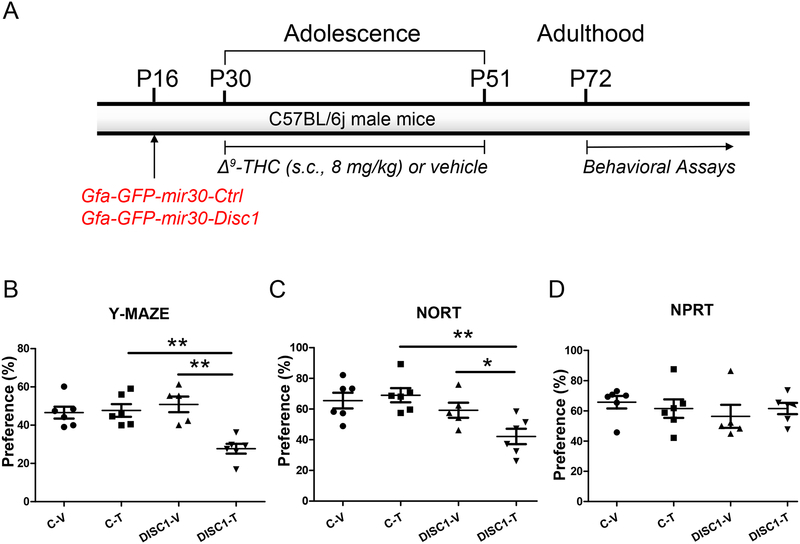Figure 2. Disc1 KD in hippocampal astrocytes.
A- Schematic diagram of the AAV vector injections and treatment protocol;
On all data panels: the Y-axes depict the preference (%); the X-axes depict the experimental groups: C-V – mice injected with Gfa-GFP-mir30-Ctrl AAV and treated with the vehicle (N=6); C-T - mice injected with Gfa-GFP-mir30-Ctrl AAV and treated with Δ9-THC (N=6); DISC1-V – mice injected with Gfa-GFP-mir30-Disc1 AAV and treated with vehicle (N=5); DISC1-T - mice injected with Gfa-GFP-mir30-Disc1 AAV and treated with Δ9-THC (N=6).
B- Spatial recognition memory in the Y maze. Compared to other groups, Disc1 AAV mice treated with Δ9-THC exhibited the significantly decreased preference for the previously blocked arm. Two-way ANOVA of the preference data revealed a significant effect of Disc1-KD, F(1,22)=5.77, p=0.027; a significant effect of Δ9-THC, F(1,22)=11.43, p=0.003, and the significant Disc1-KD by Δ9-THC interaction, F(1,22)=13.90, p=0.001. Fisher LSD post-hoc test showed that Disc1-KD- Δ9-THC mice were different from Δ9-THC-treated control mice (p<0.001) and Disc1-KD vehicle-treated mice (p<0.001); ** p<0.001.
C- Novel object recognition test (NORT). Compared to other groups, Disc1 AAV mice treated with Δ9-THC exhibited the significantly decreased preference for the novel object. Two-way ANOVA of the preference data revealed a significant effect of Disc1-KD, F(1,22)=11.20, p=0.003; and the borderline significance for the Δ9-THC by Disc1-KD, F(1,22)=4.35, p=0.051; Fisher LSD post-hoc test showed that Disc1-KD-THC mice were different from Δ9-THC-treated control mice (p<0.001) and Disc1-KD vehicle-treated mice (p=0.027); **p<0.01, * p<0.05.
D - Novel place recognition test (NPRT). No significant effects of Disc1-KD were found in NPRT.

